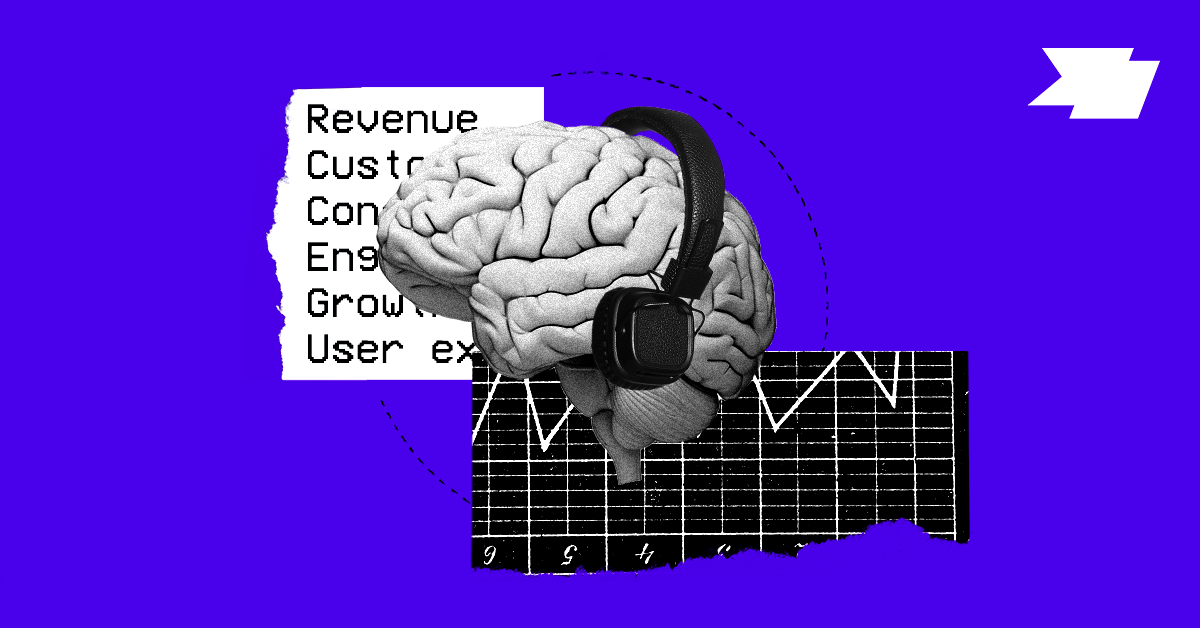What exactly is 'hybrid work'?
‘Future’ is a new publication from the VC firm a16z. As such, most things there, while interesting, need to be taken with a large pinch of salt.
This article, for example, feels almost right, but as a gamer the ‘multiplayer’ analogy for work breaks down (for me at least) in several places. That being said, I’ve suggested for a while that our co-op meets around a campfire in Red Dead Redemption II instead of on Zoom…
Remote 1.0. The first wave of modern “remote-first” companies (including Automattic, Gitlab, and Zapier) leaned heavily on asynchronous communication via tools like Google Docs and Slack. This involved a fundamental culture shift that most enterprises could not — and didn’t want to — undertake. It didn’t help that video conferencing technology was clumsy and unreliable, making frictionless real-time communication unfeasible. When collaboration happened, it was primarily through screen sharing: low-fidelity, non-interactive, ineffective. Rather than paving the way, technology was in the way.Source: Hybrid Anxiety and Hybrid Optimism: The Near Future of Work | FutureRemote 2.0, the phase we’re in, more closely approximates in-person work by relying on video conferencing that allows real-time collaboration (albeit still with friction); video calls are much better now, thanks to more consumer-friendly tools like Zoom and Google Meet. Millennials and Gen-Z-ers, who are more comfortable with multimedia (video and audio as well as multi-player gaming), are increasingly joining the workforce. But while this phase has been more functional from a technical standpoint, it has not been pleasant: “not being able to unplug” has become the top complaint among remote workers. (Especially since many teams have tried to replicate a sense of in-person presence by scheduling more video calls, leading to “Zoom fatigue”). As context diminishes, building trust has become harder — particularly for new employees.
Remote 3.0 is the phase ahead of us: hybrid work. The same challenges of Remote 2.0 are magnified here by asymmetry. The pandemic leveled the playing field at first by pushing everyone to remote work; now that it’s feasible to work in-person, though, hybrid work will create a “second-class citizen” problem. Remote employees may find it much harder to participate in core company functions, to be included in casual conversations, and to form relationships with their colleagues.
